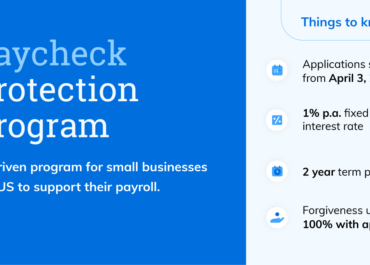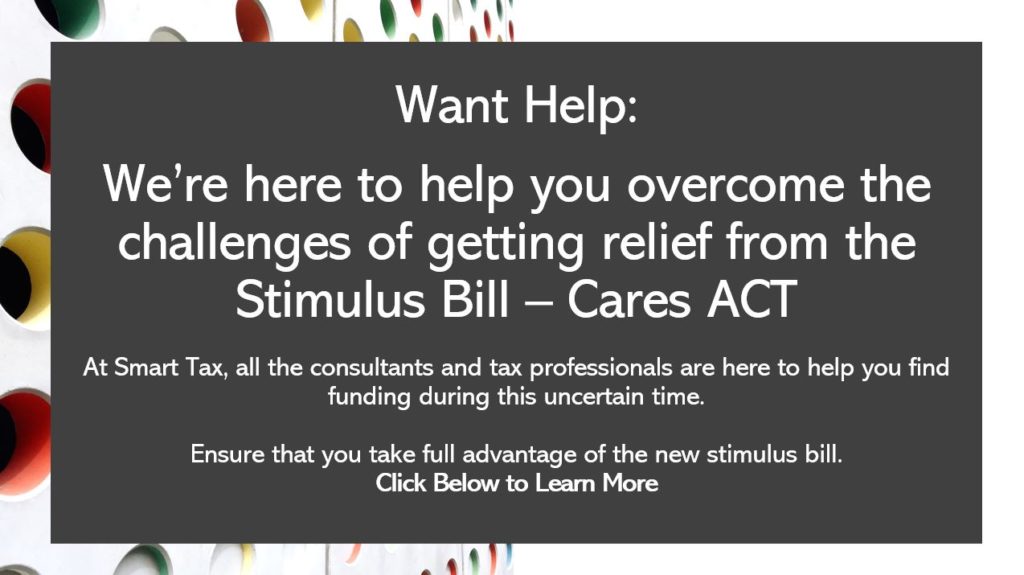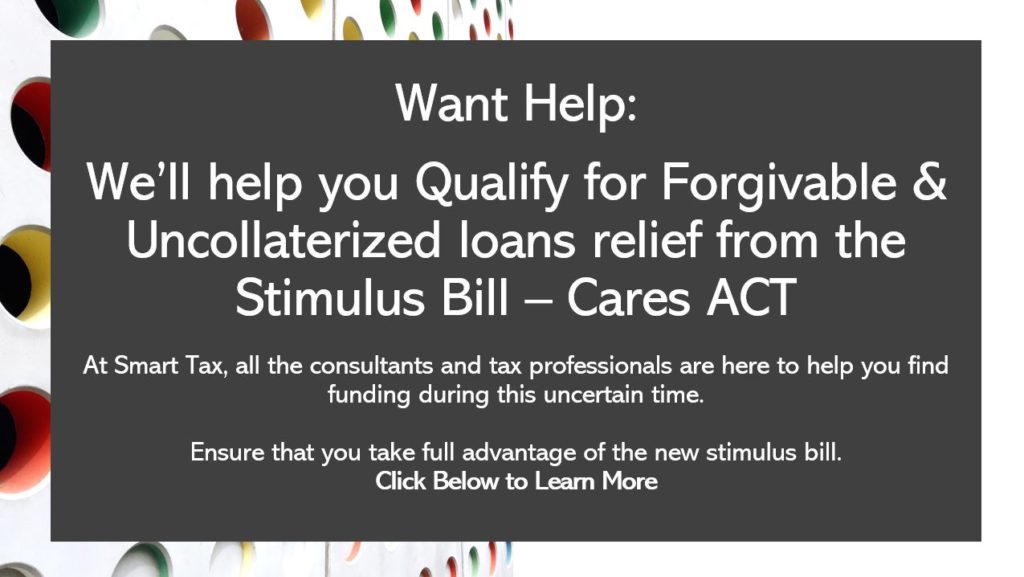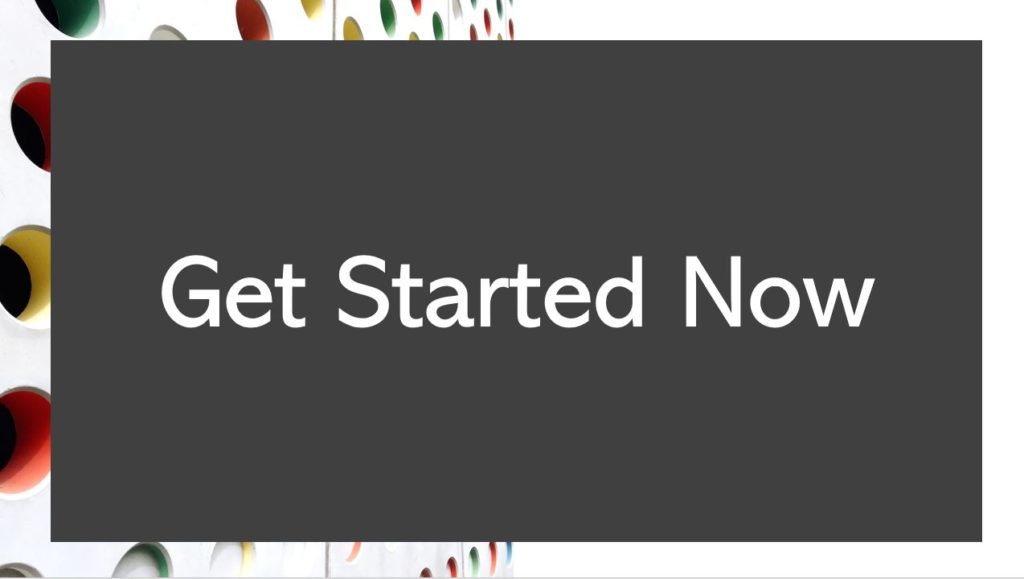An SBA loan that helps businesses keep their workforce employed during the Coronavirus (COVID-19) crisis.
What is the PPP?
The Payroll Protection Program is a loan designed to provide a direct incentive for small businesses to keep their workers on the payroll. SBA will forgive loans if all employees are kept on the payroll for eight weeks and the money is used for payroll, rent, mortgage interest, or utilities. It’s an initiative driven by the SBA that aims to fully utilize the $349 billion allocated to it to reduce layoffs and allow small businesses to continue employing their staff for at least the next two months. The money you borrow under the PPP should be used to pay employee wages, cover monthly rent, pay off mortgage interest, and keep up with utility bills. The program comes into effect on April 3, 2020 and funds will be given out to businesses on a first-come-first-served basis until June 30, 2020.
For additional information from the SBA website about the Loan program click here
For SBA FAQ click here
Who can borrow under the PPP?
You can apply and qualify for this loan if you are running a business in the US or within its territories and your business was operational as of February 15, 2020 (as reported via Form 1099-MISC). You are also required to meet SBA’s size requirements for annual receipts in your industry and belong to one of the following categories:
- Small businesses with fewer than 500 employees regardless of revenue
- Veterans’ organizations under Section 501(c)(19) of the IRC (Internal Revenue Code)
- Nonprofit entities under Section 501(c)(3) of the IRC of 1986 (as amended) with less than 500 employees
- Independent contractors, sole proprietors, and self-employed individuals who regularly carry on any trade or business, including those in the “gig economy”
- Hospitality or food-service businesses (whose NAICS codes begin with 72) with fewer than 500 employees per physical location
- Tribal business entities under section 31(b)(2)(C) of the Small Business Act that meet SBA’s size requirements
Note: Businesses in certain industries can have more than 500 employees and still be eligible for the PPP as long as they meet SBA’s size standards. If you’re a household employer then you will not be eligible for a loan under the PPP. Also, if you have some legal problems, then your application could be rejected based on the qualifying terms laid out by the SBA.
Where can I apply for the PPP?
According to the SBA, you can apply for this loan through any existing SBA 7(a) lender, including federally insured banks, credit unions, and existing lenders that may be allowed by the SBA to distribute these loans. Just reach out to your current bank or lender and check with them to see if they are an authorized institution. During the first week of launching this program is widely known that many applicants unfortunately within the first week have been denied due to the lack of a previously established business credit relationship. We at Smart Tax have a network of lenders we work with on the behalf of our clients. Let us help you get the funding that you need for help your business flourish.
How much can I borrow through this program?
You can borrow up to 2.5 times your average monthly payroll costs. The amount cannot exceed $10 million. Since the whole program has a fixed budget and is given out on a first-come-first-served basis, it is better if you apply for it as soon as you can.
What are some merits of the PPP?
On top of fee waivers, the biggest merit of this program is the fact that the money borrowed under this program can be completely forgiven as long as you fulfill certain conditions:
- You must utilize more than 75% of the borrowed sum to rehire laid-off employees, pay your staff, and maintain a steady head count.
- When your loan amount is transferred to you, you are required to spend it on the specified eligible expenses (employee wages, monthly rent, mortgage interest, and utility bills) within the first eight weeks.
- You must keep all expense receipts and later complete a different application, which you can get from your bank or lender, in order to qualify for forgiveness.
Also, loans under the PPP do not require a collateral or a guarantee from its applicants.
In the event that you aren’t eligible to have your loan pardoned, you’ll need to pay it back with 1% interest within the next 2 years. That said, you don’t have to pay anything during the first six months from the date of disbursement of the loan.
How do I get started?
- You can start by making sure that you are eligible to apply for the PPP based on the qualifying requirements set by the SBA. Be careful when completing the PPP application that you do not create a conflict with the EIDL application.
- Inform all your employees of the new Family First Coronavirus Response Act (FFCRA) regulations without fail before applying for this program. This is a necessary prerequisite to qualify for the PPP.
- Find a suitable lender near you or consult with Smart Tax to manage the process on your behalf with our network of lenders.
- Get your payroll documentation ready and fill out the application form (also known as the SBA Form 2483). Alternatively, you can hire Smart Tax as your agent to do it for you.
- Submit the completed form and documents to your lender to initiate the process.
For additional assistance, please visit SBA Disaster Loan Assistance, call the SBA Disaster Assistance Customer Service Center at 1 (800) 659-2955 or 1 (800) 877-8339, or email at the following: emaildisastercustomerservice@sba.gov. If you need any assistance navigating the program or have any questions about SBA’s Economic Injury Disaster Loan (EIDL) Program, please contact any of the contacts listed above.



